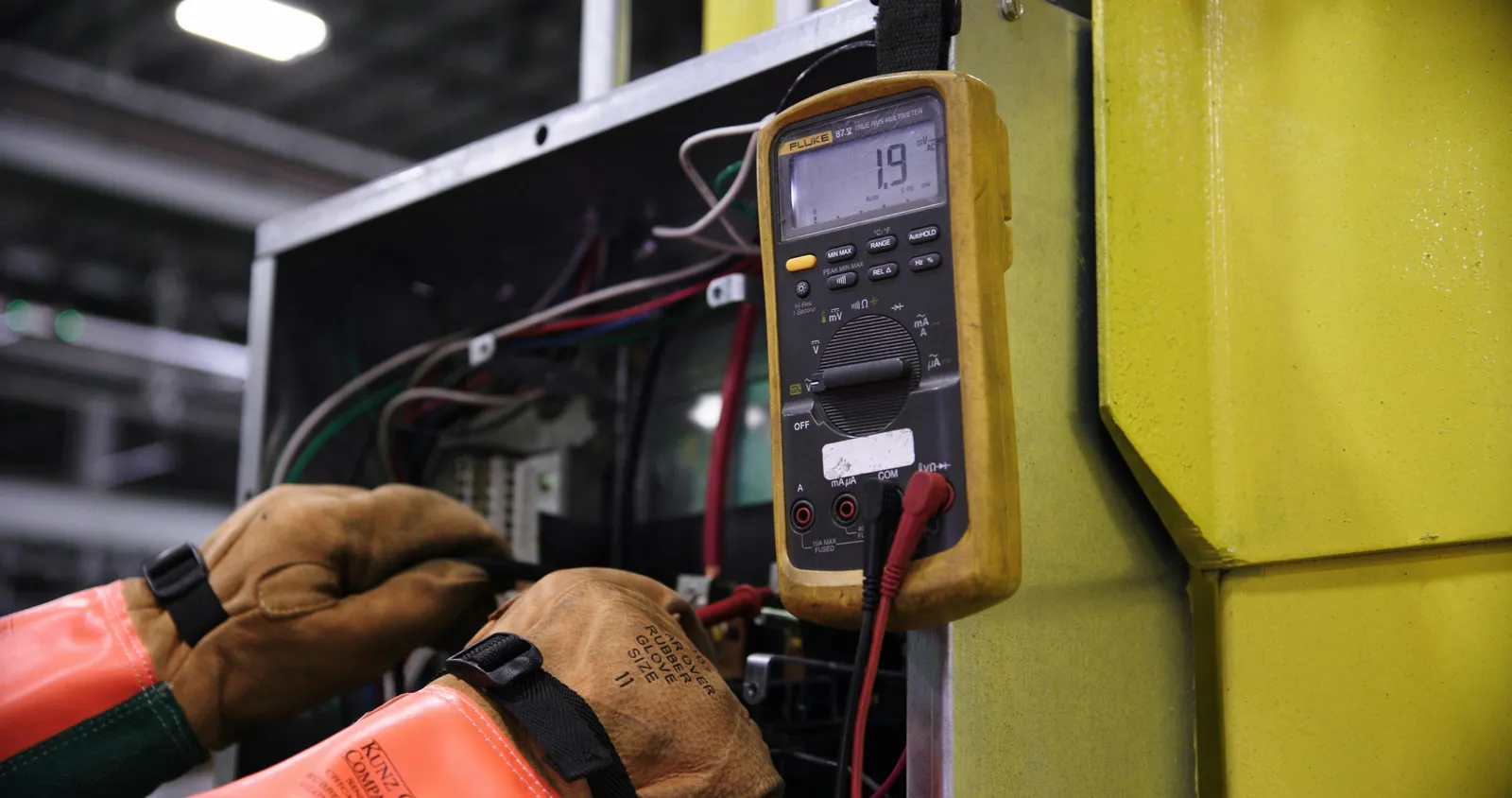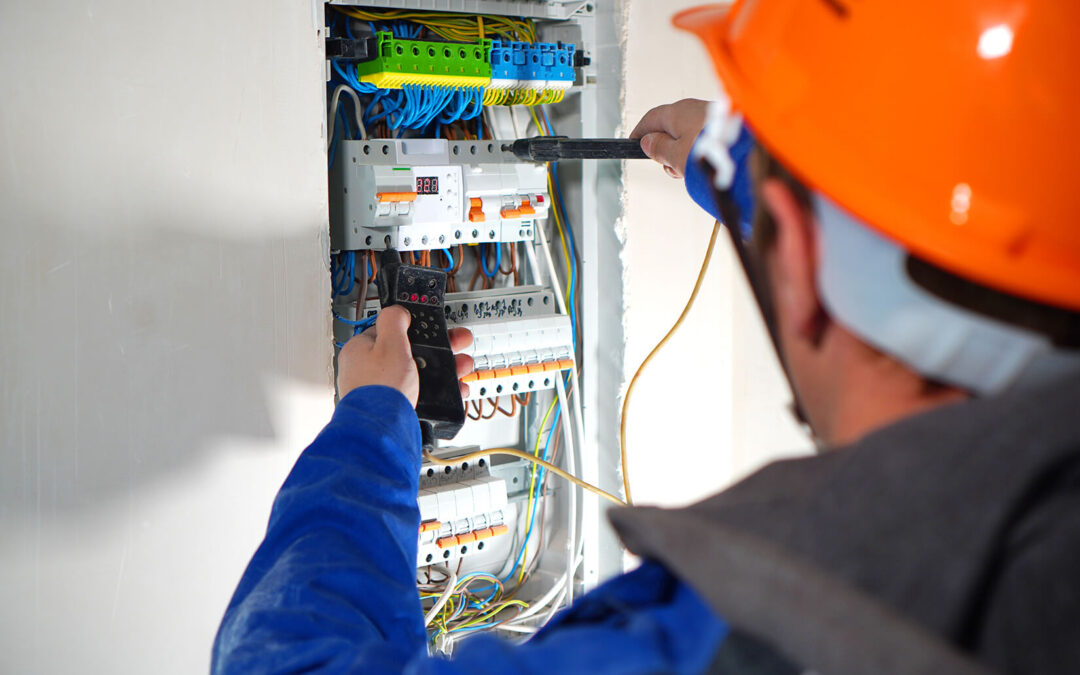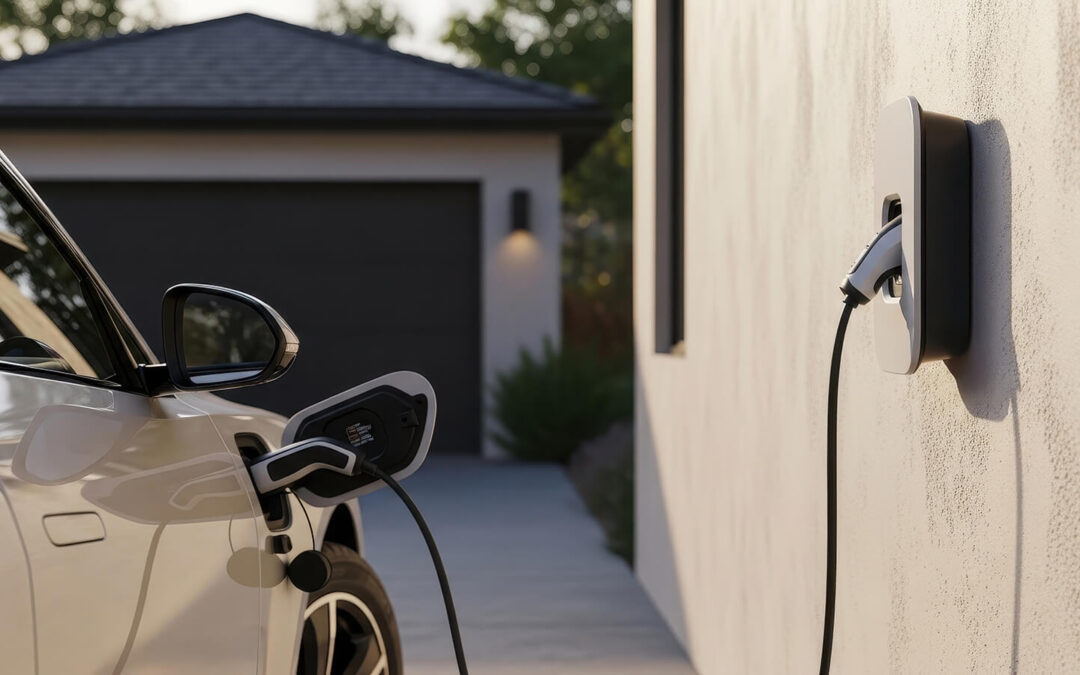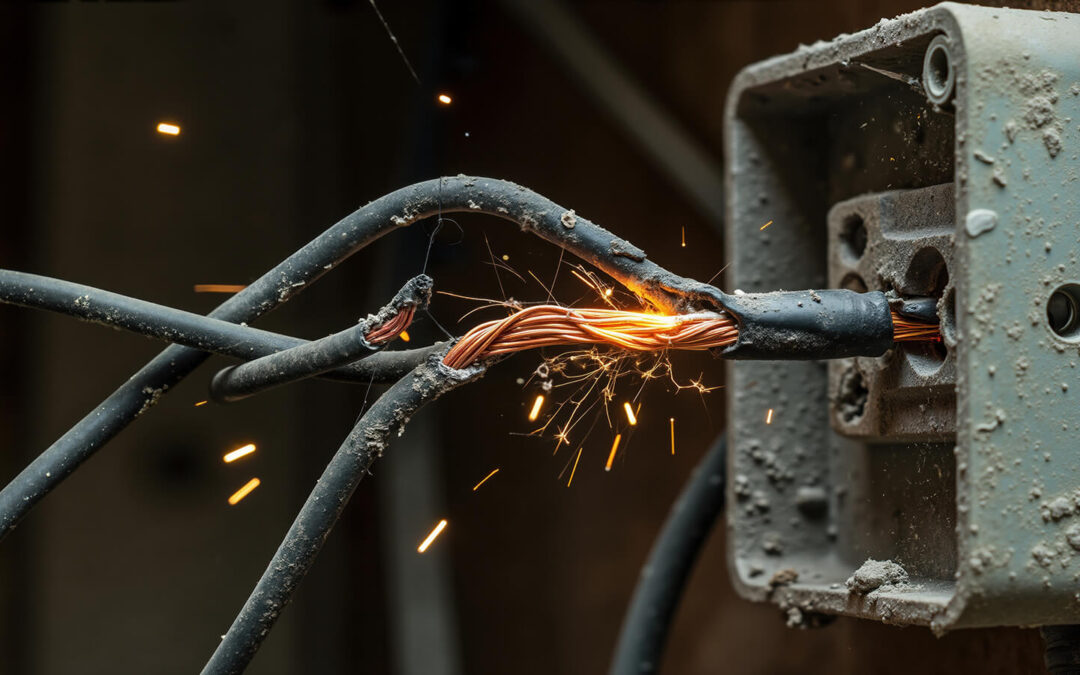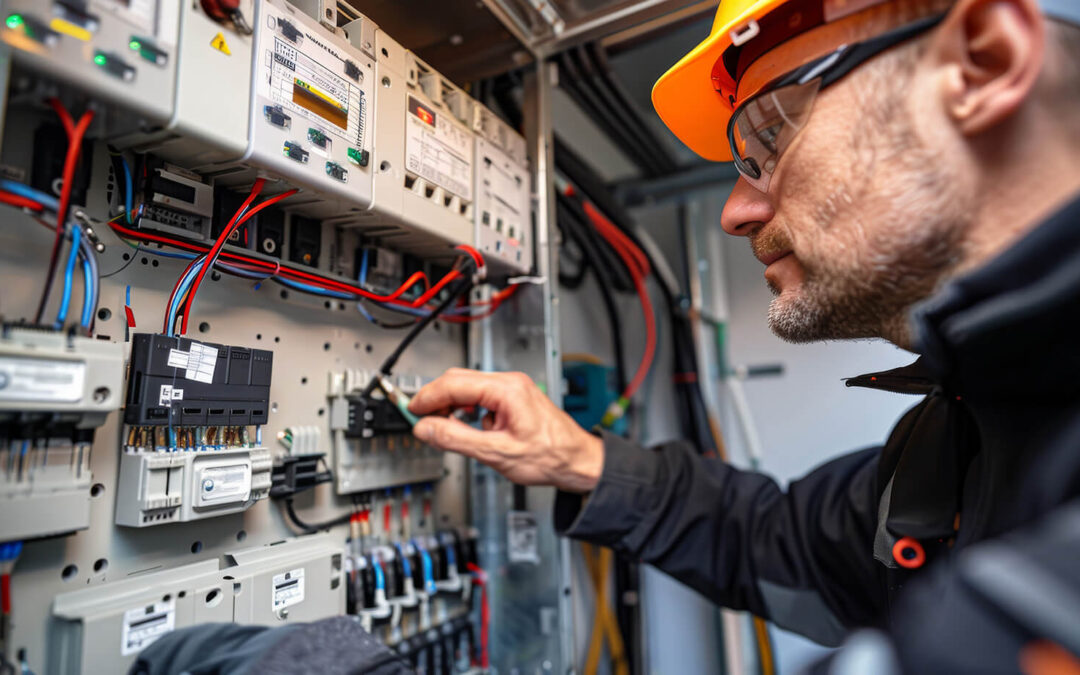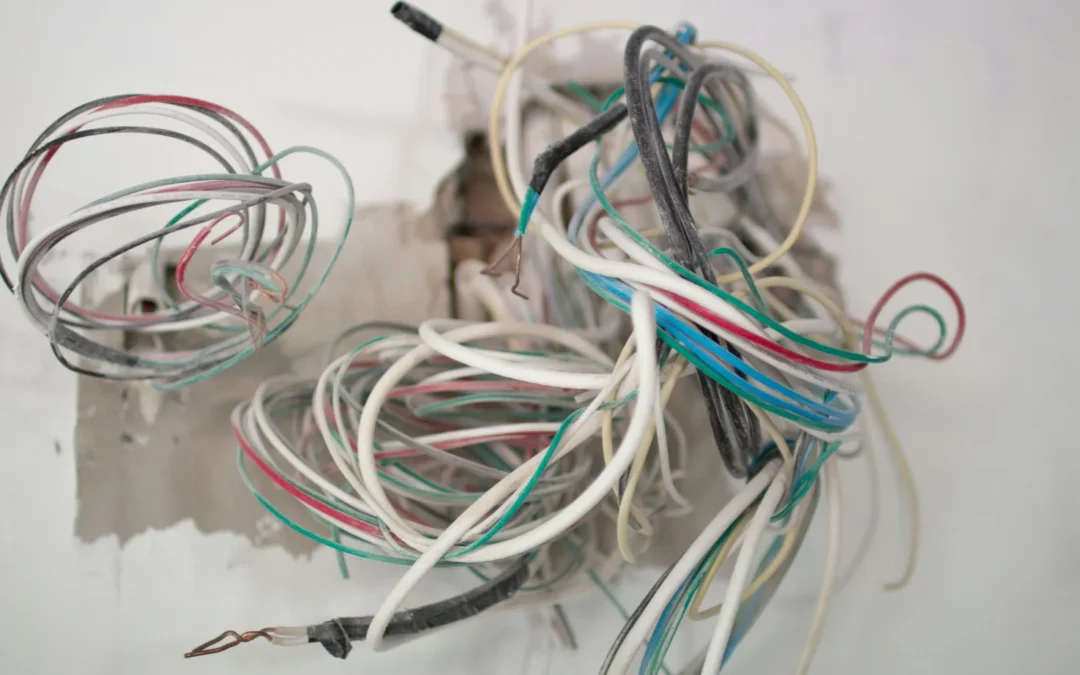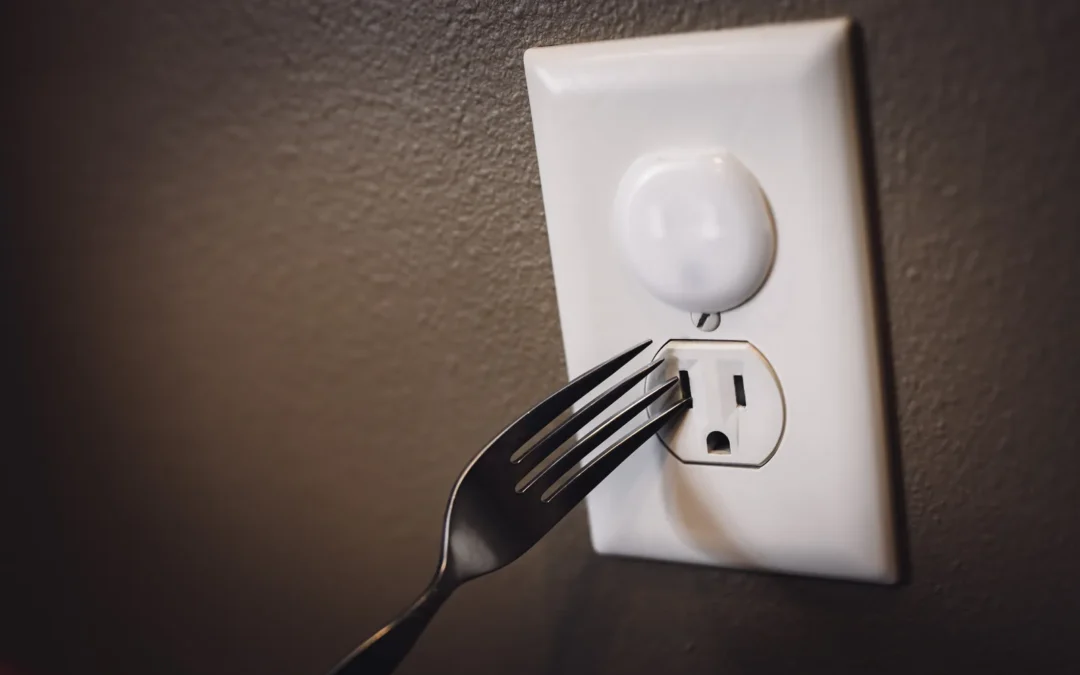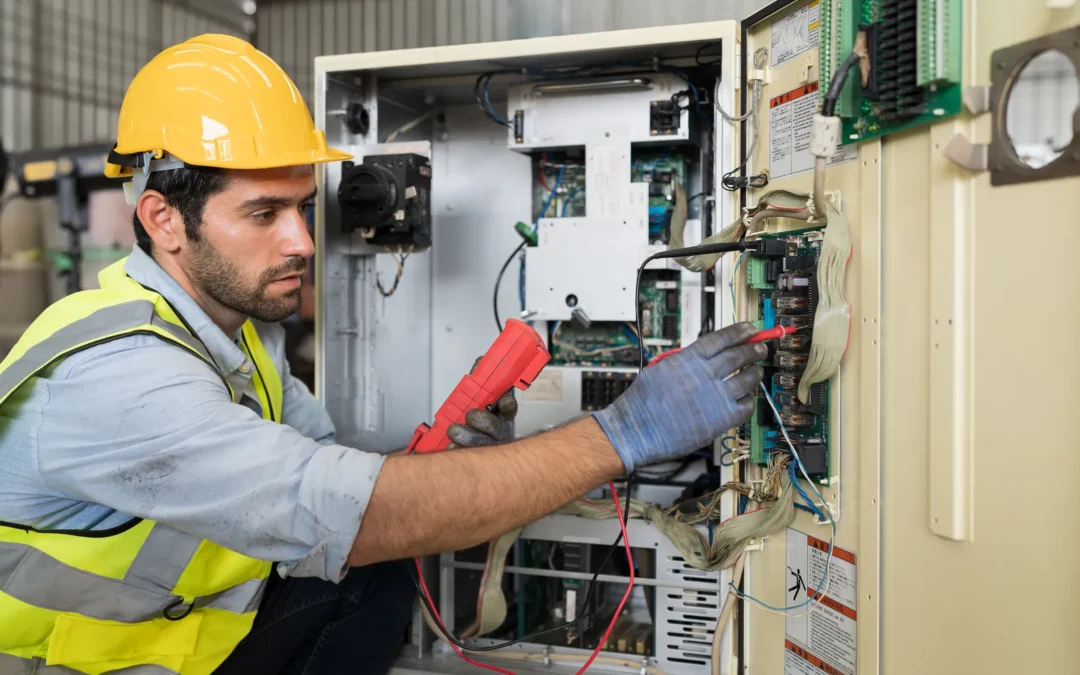Electricity is one of the greatest conveniences of modern life, but it’s also one of the most dangerous when mishandled. Whether you’re a homeowner looking to ensure your home’s safety, a facility manager overseeing equipment, or a business owner ensuring workplace safety, electrical safety should always be top priority.
That’s where the “Five Golden Rules of Electrical Safety” come into play. These rules aren’t just good advice. They’re based on international safety protocols used by electricians and technicians around the world to prevent injury, equipment damage, and even death.
Let’s walk through each step and explain how you can apply these rules in your home, office, or worksite.
Why Electrical Safety Matters
According to the Electrical Safety Foundation International (ESFI), over 30,000 non-fatal shock incidents occur each year in the U.S., and more than 400 electrocution fatalities are reported annually. Many of these accidents are entirely preventable with proper knowledge and care.
From overloaded circuits to ungrounded outlets, a single mistake can be devastating. That’s why the Five Golden Rules exist to provide a methodical and universally accepted approach to electrical safety.
The 5 Golden Rules of Electrical Safety
Rule 1: Disconnect Completely
The first and most critical step to electrical safety is disconnecting the power supply.
Before any work begins, whether replacing a light fixture or inspecting a circuit panel, power must be fully shut off. That means switching off the circuit breaker or isolating the equipment at the main disconnect switch.
For homeowners, this often means locating your breaker box and flipping the correct breaker to the OFF position. For larger industrial systems, this may require a lockout/tagout procedure to ensure that no one else can restore power accidentally.
Always double-check that the power is truly off. Simply flipping a switch isn’t enough. Move on to Rule 2 to verify it.
Rule 2: Verify That the Installation Is Dead
Once the power is turned off, you must test and verify that the circuit or equipment is no longer energized.
This is where a voltage tester or multimeter comes in handy. You’ll want to check:
- All conductors (wires) and terminals
- Neutral and ground wires
- Each side of a switch or outlet
Even if a breaker is labeled correctly, wiring errors and poor labeling are common, especially in older homes or DIY projects. Test your meter on a known live source first to confirm it’s working correctly. Never assume equipment is de-energized unless you’ve proven it with your own tools.
Rule 3: Secure Against Reconnection
Turning the power off is one thing. Ensuring it stays off is another.
This is where lockout/tagout (LOTO) procedures are crucial in commercial and industrial settings. Lockout devices physically prevent switches or breakers from being flipped back on, while tagout labels warn others that work is being done.
In residential settings, you can:
- Place tape over the breaker switch
- Leave a visible note stating, “Do Not Touch — Electrical Work in Progress”
- Inform everyone in the home or building that the breaker must remain off
If you’re working alone, this step is even more important. Accidental reconnection is a leading cause of electrocution for electricians.
Rule 4: Ground and Short Circuit the System (For High-Voltage Work)
This rule is particularly important in high-voltage or industrial settings. Once a system is verified to be de-energized, it’s often grounded and short-circuited to provide a path for any residual or induced voltage to discharge safely.
Why is this necessary?
- High-voltage lines can retain energy, even after disconnection
- Induction from nearby energized lines can cause voltage buildup
- Static charges can accumulate on long cable runs
Grounding ensures the system is brought to the same electrical potential as the earth, minimizing the chance of shock or arc flash.
This step is usually not required in standard residential projects but is vital in commercial, utility, or large-scale settings.
Rule 5: Protect and Isolate the Work Area
Last but not least, secure your workspace to prevent accidental exposure or contact.
For DIYers, this might look like:
- Keeping children and pets out of the work zone
- Using insulated tools
- Wearing rubber-soled shoes and standing on a dry surface
For professionals, this includes:
- Setting up safety barriers
- Wearing personal protective equipment (PPE), such as arc-rated clothing, gloves, goggles, or helmets
- Ensuring proper signage is posted (e.g., “High Voltage,” “Authorized Personnel Only”)
Electricity doesn’t give second chances. Even if the circuit is off, nearby conductors or surfaces could still pose a hazard.
When in Doubt, Call a Licensed Electrician
If you ever feel unsure — stop. Electrical work is not something to guess your way through.
Whether it’s a breaker panel upgrade, EV charger installation, or just replacing an outlet, hiring a qualified, licensed electrician ensures the job is done safely, legally, and up to code.
Putting It All Together
Here’s a quick summary of the 5 Golden Rules of Electrical Safety:
- Disconnect completely – Always shut off power at the source.
- Verify the installation is dead – Test all circuits and conductors.
- Secure against reconnection – Lock it, tag it, or block it.
- Ground and short-circuit – Especially for high-voltage systems.
- Protect and isolate the area – Use barriers, PPE, and signage.
These five steps are more than best practices, they’re life-saving precautions followed by electrical professionals around the world.
Safeguard Your Home or Business with Table Mountain Electric
Safety isn’t an afterthought at Table Mountain Electric. It’s our foundation. Our licensed electricians serve homeowners and businesses across the Denver Metro Area, including Evergreen, Golden, Lakewood, and beyond.
Whether you’re scheduling a routine inspection, tackling a remodel, or preparing for an EV charger install, we follow the Five Golden Rules on every job to keep you, your family, and your property safe.
Contact us today to get started. Trust your electrical work to the experts who prioritize safety — Table Mountain Electric.



